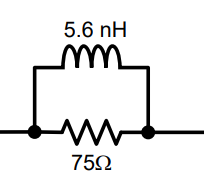Other Parts Discussed in Thread: CLC007, CLC006, LMH1297
Hi,
1. The datasheet for LMH0002 (on page 3) mentions the Output voltage swings of between 750mVpp to 1100 mVpp. Is it correct to assume that this is the nominal range of operation for this part. Can I, for example, drive at a much lower voltage like 600mVpp or much higher like 2 Vpp by changing Rref?
2. The typical application circuit for LMH0002 includes two 75-ohm resistors at SDO output. So the effective voltage seen at the Coax line should only be half of SDO output. In other words nominally, LMH0002 is only able to drive (750mVpp to 1100 mVpp)/2 = 375mVpp to 550mVpp at coax line input. Correct?
3. Are there any parts in the TI portfolio that can drive 75-ohm coax as low as 600mVpp and 1Vpp for high speed signals in the 200MHz range?
Thanks!


